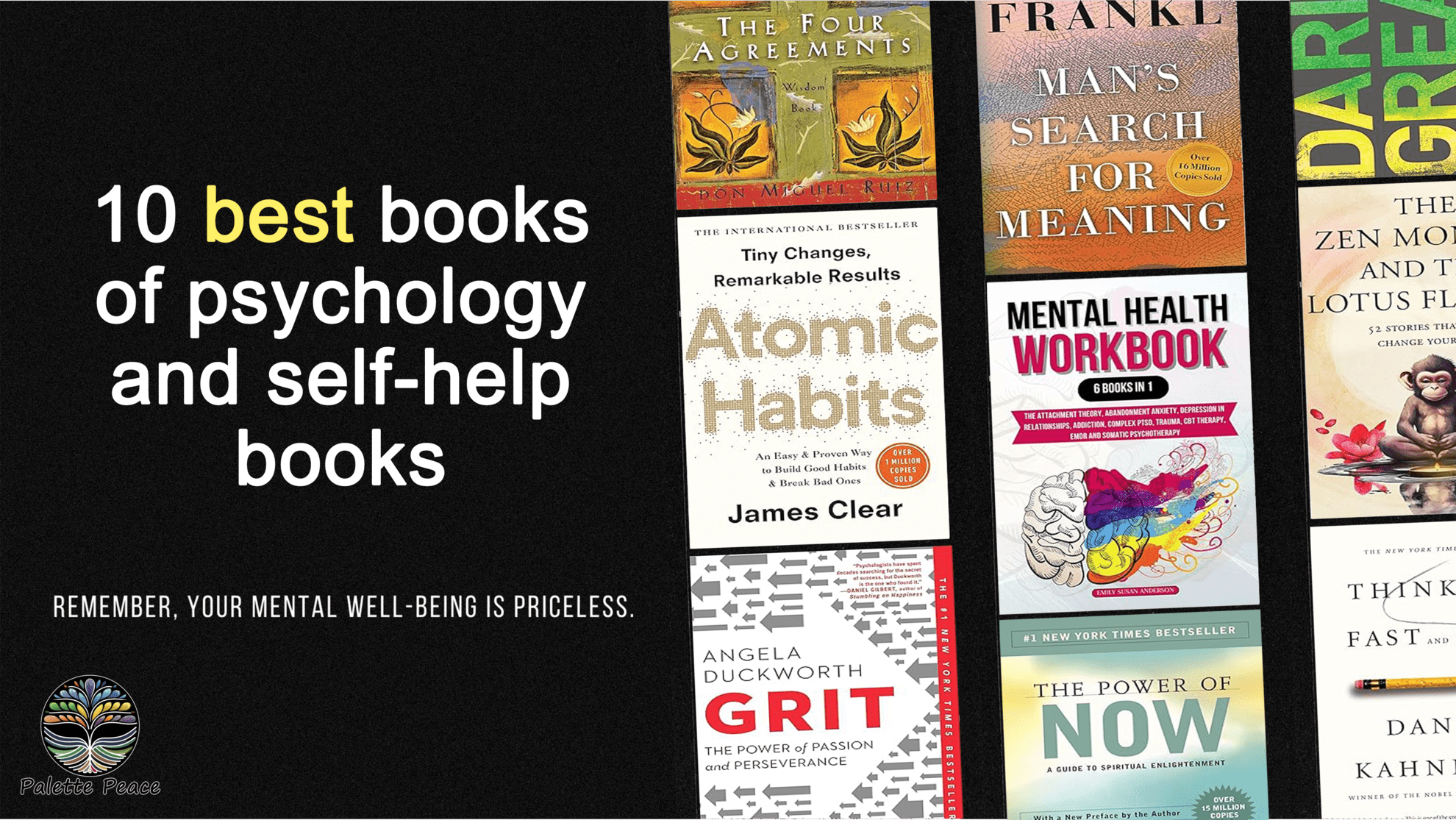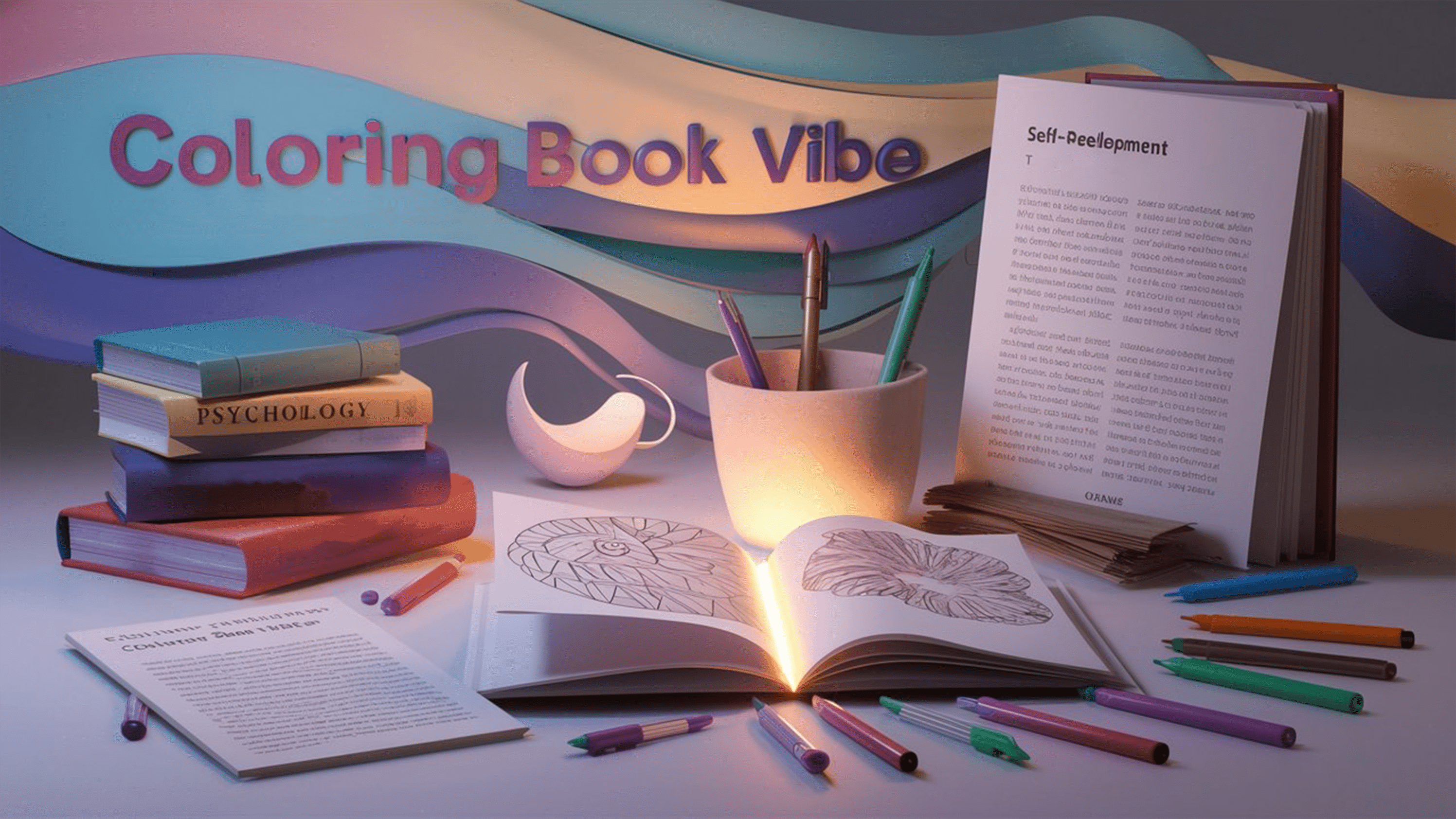Introduction
Have you ever experienced a sudden, unwanted thought like “What if I lose control and hurt someone I love?”
For many people, these thoughts come and go. But for those struggling with Harm OCD (Obsessive-Compulsive Disorder focused on harm), these intrusive thoughts feel overwhelming, persistent, and deeply distressing.
Harm OCD is a subtype of OCD where individuals fear they might cause harm to others or themselves, even though they have no desire or intention to act on these thoughts. The anxiety can be so intense that it leads to avoidance, compulsions, and constant self-monitoring.
In this article, we’ll dive deep into what Harm OCD is, why intrusive thoughts about hurting others happen, the psychology behind them, and practical strategies to manage and overcome this difficult condition.
What is Harm OCD?
Harm OCD is a form of Obsessive-Compulsive Disorder characterized by unwanted intrusive thoughts (obsessions) about harming others or oneself.
People with Harm OCD often:
- Worry about accidentally or intentionally hurting loved ones.
- Experience violent images or impulses that feel real.
- Engage in compulsions to “neutralize” or check their thoughts.
- Feel extreme guilt or shame for having these thoughts.
It’s important to emphasize:
👉 Having intrusive thoughts about harm does not mean a person is dangerous. In fact, the distress comes precisely because the thoughts go against their values and morals.
The Nature of Intrusive Thoughts
Intrusive thoughts are random, unwanted mental images, urges, or ideas. For example:
- “What if I push someone in front of a car?”
- “What if I lose control while cooking and stab someone?”
- “What if I smother my baby accidentally?”
Everyone experiences intrusive thoughts. The difference with Harm OCD is the meaning attached to them.
While most people dismiss them as “just thoughts,” those with OCD interpret them as signs of danger, moral weakness, or potential loss of control.
Why Do We Care So Much About These Thoughts?
Psychologically, Harm OCD is linked to inflated responsibility and intolerance of uncertainty.
People feel they must control their thoughts at all times to prevent harm. This creates a vicious cycle:
- Intrusive thought pops up.
- The person feels fear, guilt, or shame.
- They try to suppress, avoid, or “fix” the thought.
- The thought becomes stronger and more persistent.
It’s the classic OCD trap: the harder you try to control your thoughts, the more they control you.
Common Compulsions in Harm OCD
To reduce anxiety, people may engage in compulsive behaviors such as:
- Avoidance: Staying away from knives, driving, or being alone with children.
- Checking: Reassuring themselves repeatedly: “I would never hurt anyone, right?”
- Mental rituals: Praying, repeating safe thoughts, or analyzing the “meaning” of their intrusive thoughts.
- Confession: Constantly telling others about their thoughts to get reassurance.
Unfortunately, these compulsions only provide temporary relief and reinforce the cycle of fear.
The Emotional Impact of Harm OCD
Harm OCD is more than just “worrying too much.” It can deeply affect daily life, relationships, and self-esteem.
- Relationships suffer: A parent may avoid holding their baby out of fear.
- Work is affected: Someone may avoid using tools, driving, or cooking.
- Mental health declines: Anxiety, depression, and feelings of isolation often accompany Harm OCD.
The shame can be particularly heavy because people fear others will misunderstand and think they are dangerous.
How to Overcome Harm OCD
1. Recognize Thoughts for What They Are
The first step is to understand that thoughts are not facts. Having a violent thought doesn’t mean you’ll act on it. In fact, research shows people with Harm OCD are among the least likely to harm others because of their intense fear of doing so.
2. Cognitive Behavioral Therapy (CBT)
CBT, especially Exposure and Response Prevention (ERP), is considered the gold standard treatment for OCD.
- Exposure: Facing the thoughts or situations that trigger anxiety (e.g., holding a knife around family).
- Response Prevention: Resisting the urge to perform compulsions like avoiding or seeking reassurance.
Over time, the brain learns that intrusive thoughts are harmless and do not require action.
3. Mindfulness and Acceptance
Mindfulness teaches us to observe thoughts without judgment. Instead of trying to fight intrusive thoughts, mindfulness encourages us to acknowledge them, label them (“This is just an OCD thought”), and let them pass.
Example practice:
When a thought arises like “What if I hurt someone?”, pause and say:
- “This is an intrusive thought.”
- “I don’t need to engage with it.”
- “Thoughts are just mental events, not reality.”
4. Reducing Avoidance Behaviors
Avoiding situations that trigger intrusive thoughts only strengthens the fear. Gradually facing these situations is essential.
For instance:
- Start by holding a butter knife while eating with family.
- Progress to chopping vegetables with loved ones nearby.
- Eventually, cook meals comfortably without fear.
5. Self-Compassion Practices
People with Harm OCD often beat themselves up with guilt. Practicing self-compassion is vital.
Affirmations like:
- “Having this thought doesn’t make me a bad person.”
- “I’m experiencing OCD, not reality.”
- “I deserve kindness and healing.”
6. Professional Help and Medication
In some cases, therapy alone may not be enough. SSRIs (Selective Serotonin Reuptake Inhibitors) are commonly prescribed medications that help reduce OCD symptoms.
Combining medication with CBT has been shown to provide significant relief for many people.
Practical Daily Tools for Coping
- Journaling: Write down intrusive thoughts and your response. This helps create distance between you and the thought.
- Grounding techniques: Deep breathing, 5-4-3-2-1 sensory exercises, or meditation.
- Healthy lifestyle: Sleep, exercise, and nutrition play an important role in managing anxiety.
- Limit reassurance seeking: Train yourself to tolerate uncertainty without constantly checking or asking others.
Myths About Harm OCD
- Myth: People with Harm OCD are dangerous.
Truth: They are highly unlikely to harm anyone. The distress comes from their strong morals and values. - Myth: Intrusive thoughts mean you secretly want to act on them.
Truth: Intrusive thoughts are ego-dystonic — the opposite of what a person wants. - Myth: Avoiding triggers is the best way to cope.
Truth: Avoidance strengthens OCD. Facing triggers in a safe, structured way reduces fear over time.
Real-Life Example
Imagine Sarah, a new mother. She loves her baby but constantly has intrusive thoughts like “What if I drop her?” or “What if I smother her in her sleep?”
Instead of telling herself she’s a bad mom, Sarah learns through therapy that these thoughts are OCD, not reality. She practices ERP by holding her baby and resisting the urge to check every few seconds. Over time, her anxiety decreases, and she gains confidence in her role as a parent.
Conclusion
Harm OCD can be terrifying, leaving individuals trapped in a cycle of fear and guilt. But it’s important to remember: thoughts are not actions. With the right tools — CBT, mindfulness, self-compassion, and professional support — it is absolutely possible to break free from intrusive thoughts and reclaim peace of mind.
If you or someone you love struggles with Harm OCD, know that help is available and recovery is possible. You are not defined by your intrusive thoughts, and you are far stronger than your fears.

10 best books of psychology and self-help books
If you’re looking to dive into the world of psychology and self-help, these 10 books are essential reads for anyone interested in understanding the mind and improving their life. These books offer a combination of scientific insight and practical advice to help you better understand yourself and others, while also offering tools for personal growth and mental well-being.

The Therapeutic Power of Coloring: How Art Relieves Stress and Anxiety
Coloring has evolved from a childhood pastime into a therapeutic tool used by adults to combat stress and anxiety. The simplicity of this activity hides its profound benefits on mental health. From promoting mindfulness to stimulating creativity, coloring has emerged as an accessible and effective method for stress relief. In this article, we’ll explore how coloring provides a break from daily stressors, its effects on brain function, and how it can be incorporated into your routine as a method of coping with anxiety.
Let your imagination run free, Immerse yourself in a world of colors and beauty. Remember, your mental well-being is priceless.
Team coloringbookvibe.com

Coloring Book Vibe is a dedicated publisher of captivating coloring books, along with instructional books on drawing and coloring techniques. We are deeply passionate about the art of coloring, ensuring our designs are always intricate, beautiful, unique, and often infused with a touch of humor. We highly value our customers and always welcome feedback and suggestions. Our collection features an incredible array of coloring books across various genres, including Fantasy, Animals, Mandalas, Doodle Patterns, Floral, Landscapes, Country Scenes, and more.



